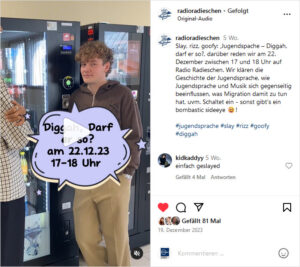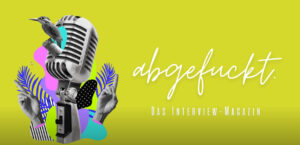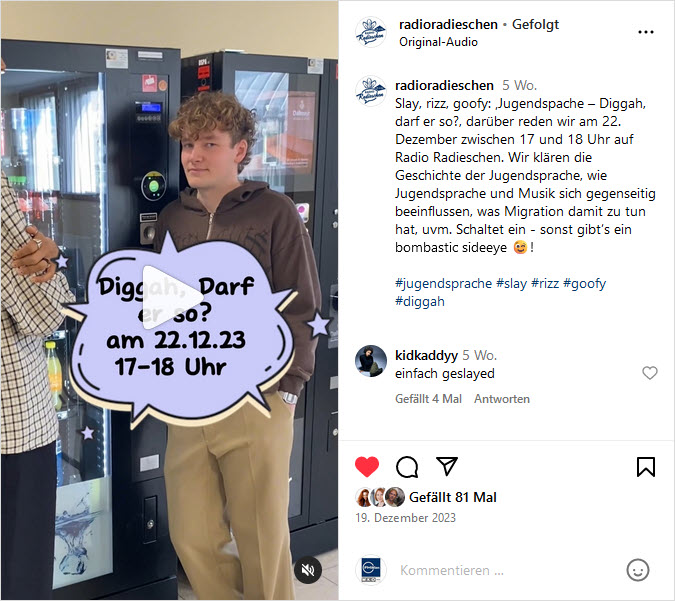How can complex topics be presented to young audiences? Students from the Content Production & Digital Media Management study program tackled this question in four practical projects. The result is online, video and audio content that is not only entertaining but also highly informative.
Reaching young audiences with quality news is one of the biggest challenges in journalism. Social media is already the main source of news for 38 per cent of 18-24 year olds in Austria (Digital News Report, 2023). Only around 10 per cent still get their news mainly from radio, TV or newspaper websites or apps.
However, the battle for attention is particularly fierce on social media. Speed and emotion are key to getting noticed by users. If the topic, language and style of the post also match young people’s preferences, longer pieces of information are more likely to be used.
It is also important to understand the algorithms of each platform. These determine what content is shown in the feed. For example, the use of trending hashtags and interactions with users are “rewarded” by the algorithms with higher distribution.
How can quality journalism be heard in this environment? Students of the Content Production & Digital Media Management study program explored this question in four practical projects. The results are excellent examples of how relevant information can be produced with everyday relevance and a wink, without neglecting journalistic principles such as relevance, independence and transparency. The articles are linked below and – in the spirit of social media communication – you are welcome to share them!
 Radio Lab: Jugendspache – Diggah, darf er so? Radio Lab: Jugendspache – Diggah, darf er so?Slay, rizz, goofy: ‚Jugendspache – Diggah, darf er so? ‘is an episode of the Radiolab programme on Radio Radieschen. Among other things, we explain the history of youth language, how youth language and music influence each other and what migration has to do with it. Link: https://www.radio-radieschen.at/jugendsprache-diggah-darf-er-so/ Instagram Reel: https://www.instagram.com/reel/C1CtBIgLsUQ/ Project lead: Sylvia Reim |
|||

Diverse formats: Das Interview Taking a closer look at where the problems are: That was the aim of the current issue of the online magazine DasInterview.at, for which the students therefore chose the provocative title “fucked up”. In various interview situations, they approached interesting people, diverse viewpoints and disturbing facts. dasinterview.at auf Instagram: https://www.instagram.com/dasinterview.at/ Project lead: Nicola Löwenstein |
|||
| Short videos: Tiktok, Reels & Shorts
How does quality journalism work on TikTok? Under the direction of Antonia Titze, we not only looked at reporting on the platform, but also at the rhythm, language, image design and trustworthiness of journalistic content for Gen Z. This resulted in several TikToks on the self-chosen focal points of vegan food, the Barbie film and tattoos. Projektleitung: Antonia Titze
|
|||
| Explanatory videos for YouTube
Explanatory videos allow journalists to provide fact-based commentary on current debates without being one-sided or preachy. The use of infographics and animation helps to visualise and understand the context. This is particularly important in the fight against misinformation and fake news. This year, the students produced explanatory videos on FIFA gambling addiction, blood donation and the hatred between Vienna’s football Ultras. Project lead: Michael Mayrhofer
|

 Barbie Film
Barbie Film
 Tattoos
Tattoos Vegan Life
Vegan Life


 Austria vs. Rapid: The hatred of Vienna’s rivals explained
Austria vs. Rapid: The hatred of Vienna’s rivals explained